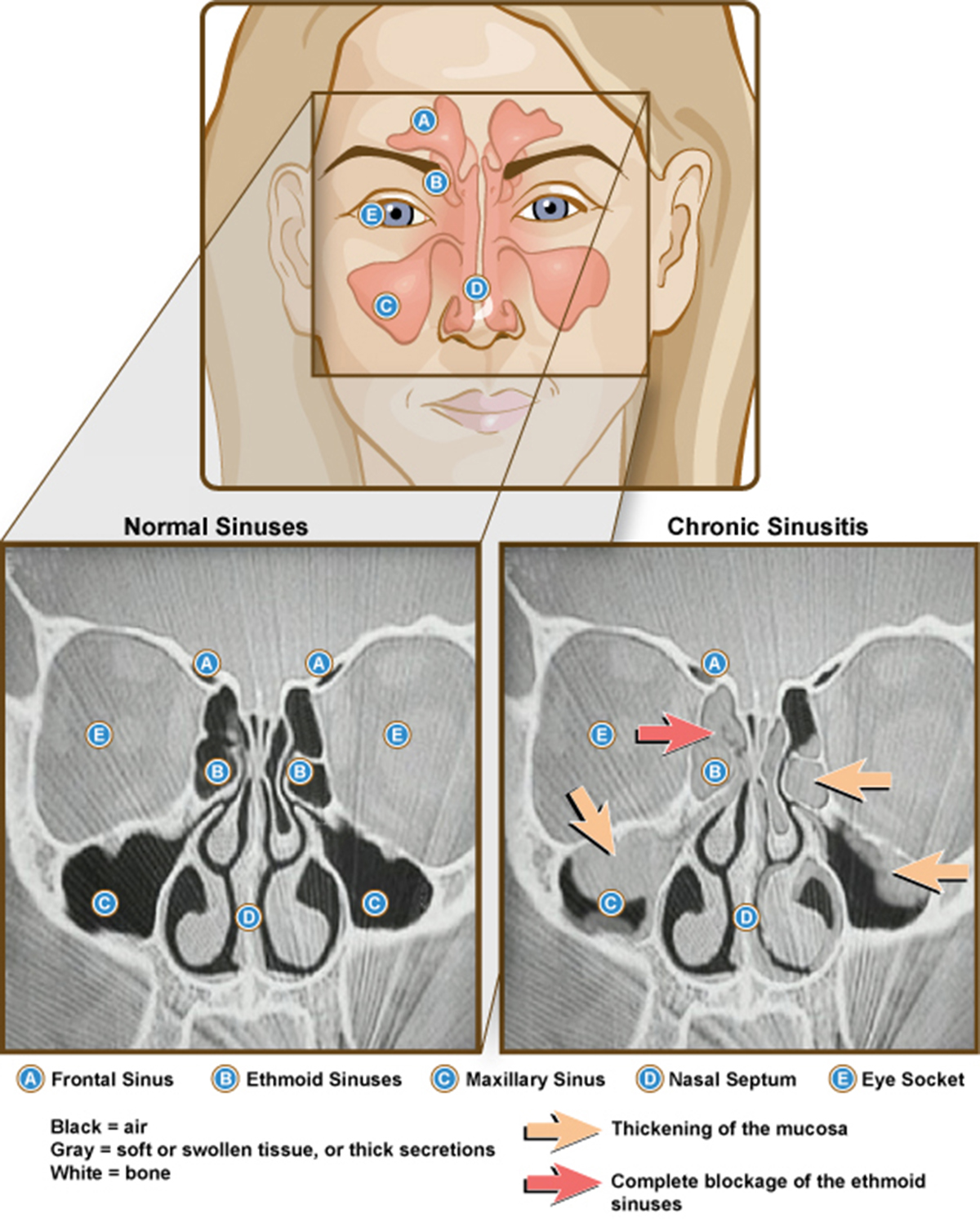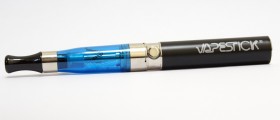
New Data
The newest research studies regarding sinusitis have shown that one of its varieties, i.e. fungal sinusitis, is actually more frequent than thought in the beginning. Ever since the discovery, the condition has been put on the list of more serious diseases and has been given no less than two official names – Eosinophilic Fungal Rhinosinusitis (or EFRS for short) and Eosinophilic Mucinous Rhinosinusitis (or EMRS for short).
Target groups
This specific type of sinusitis has been discovered in 96% of people suffering from chronic sinusitis. The underlying culprit responsible for the onset of EFRS/EMRS is the activation of eosinophiles. Due to this, there occurs a release of Major Basic Protein straight into the mucus, which wards off the fungus for good, but leaves consequences in the form of sinuses lining irritation. It is believed that these consequences are the main culprits for the rapid multiplication of the bacteria in sinuses. All these discoveries have shown that perhaps the entire treatment of the chronic sinusitis is supposed to be aimed at treating the fungus first and foremost, instead of the bacteria present in the sinuses.
Fungi – Sensitivity Issues
Given the newly found discoveries, the frequent theme of recent medical discussions was that of people’s sensitivity to fungi. Certain number of people emphasize that the sensitivity occurs as a direct consequence of extensive employment of antibiotics which have positive effect on the multiplication of fungi. However, others share a different opinion. Namely, they point out that the main culprit is extensive exposure to fungi and also mold from the environment people live in.
The Present and The Commonly Used Treatment Methods
Present time treatment is mainly based on the employment of irrigation techniques, in combination with topical antifungals – Amphotericin B. The results have shown a major improvement, i.e. in 75% of cases the condition of the person in question has improved significantly. One of the research studies conducted on the topic in question has made a comparison of Amphotericin irrigation on one hand, and placebo on the other, covering the period of six months. The amount of the medicine used was 250 micrograms/ml. The CT scan and endoscopic scores showed a significant difference in the quantities of thickened mucus present in the sinuses. What was also recorded is the significant change in interleukin-5 levels, as well as in the levels of a neurotoxin derived by means of eosinophil. Still, given the fact that further extensive research is needed, the recommended dosage at this phase is the one of 100 micrograms/ml.

















Your thoughts on this
Loading...